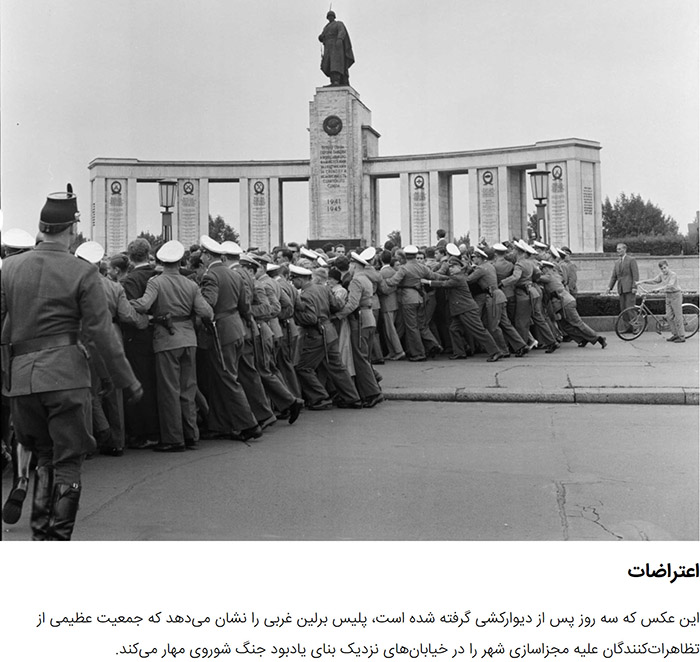This resulted in Berlin becoming a magnet for East Germans desperate to escape life in the GDR, and also a flashpoint for tension between the United States and the Soviet Union.In 1955, the Soviets gave East Germany authority over civilian movement in Berlin, passing control to a regime not recognized in the West.Initially, East Germany granted “visits” to allow its residents access to West Germany. However, following the defection of large numbers of East Germans (known as Republikflucht) under this regime, the new East German state legally restricted virtually all travel to the West in 1956. Soviet East German ambassador Mikhail Pervukhin observed that “the presence in Berlin of an open and essentially uncontrolled border between the socialist and capitalist worlds unwittingly prompts the population to make a comparison between both parts of the city, which unfortunately does not always turn out in favour of Democratic [East] Berlin.”
Fantastic pictures of the construction stages of the Berlin Wall
[custom_adv]

